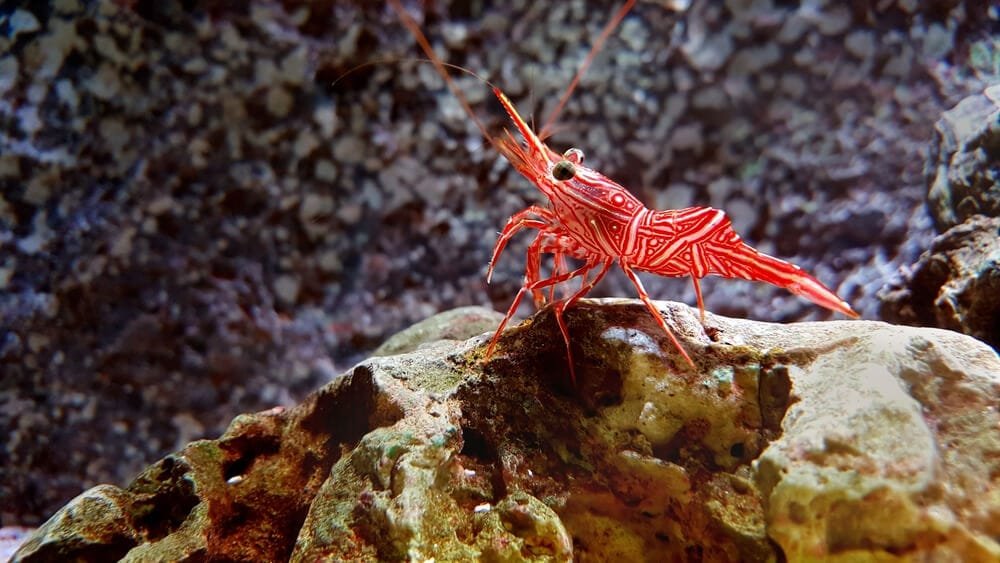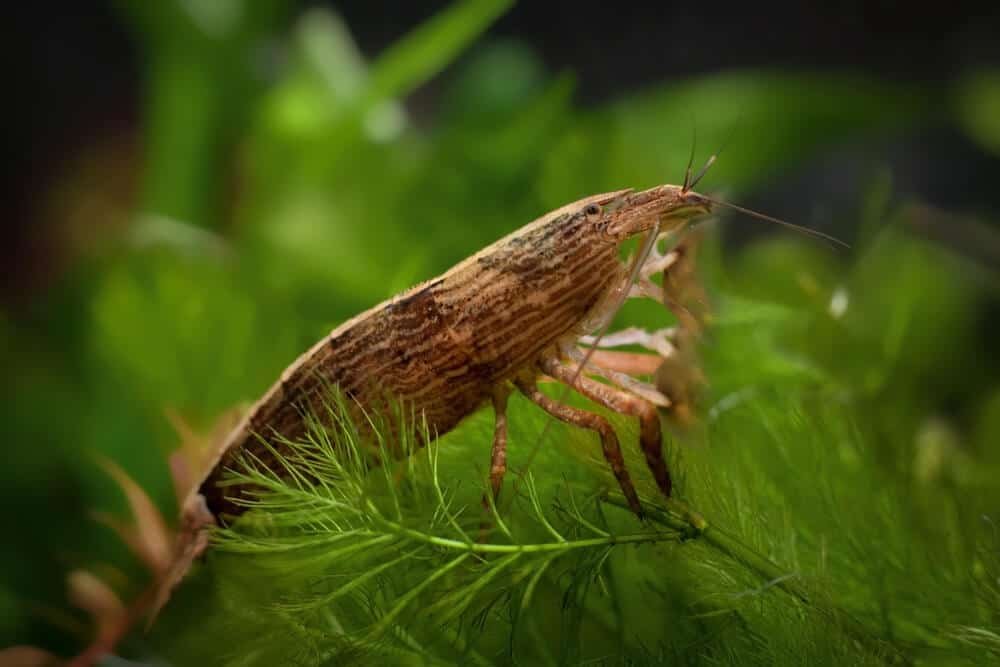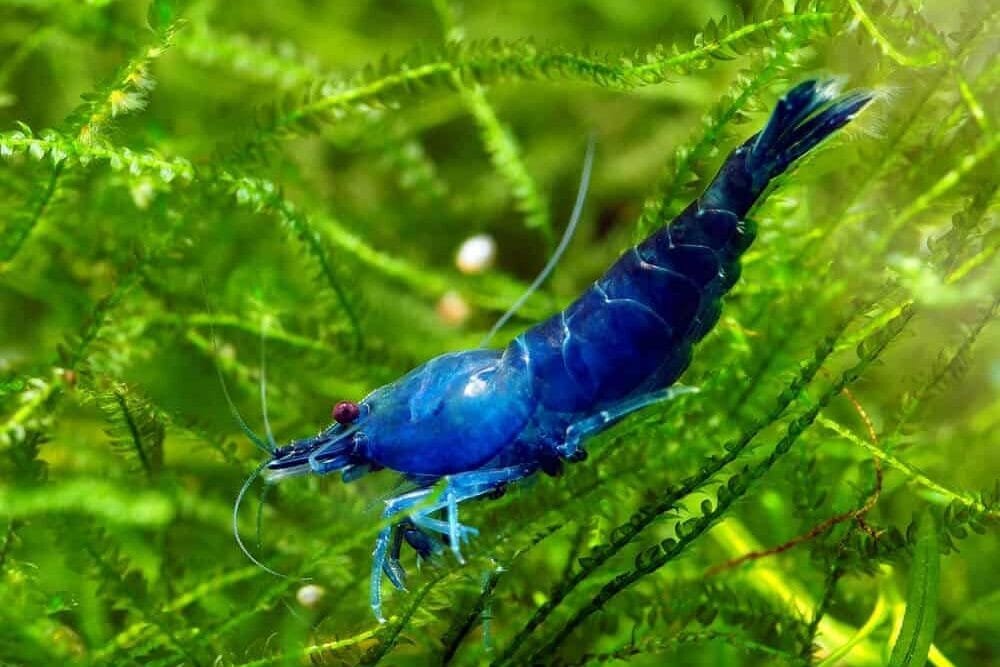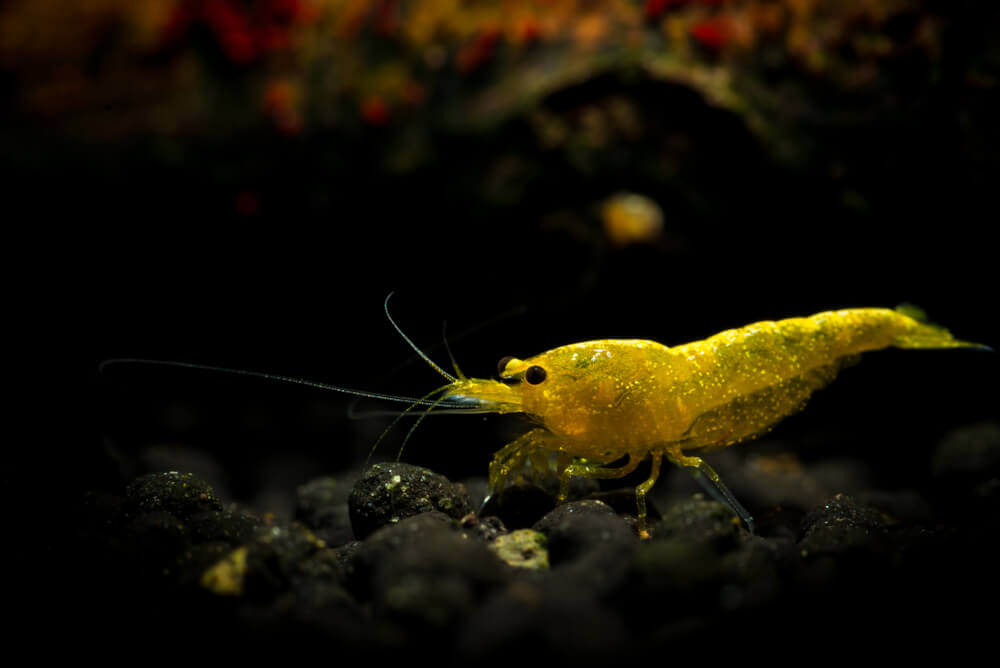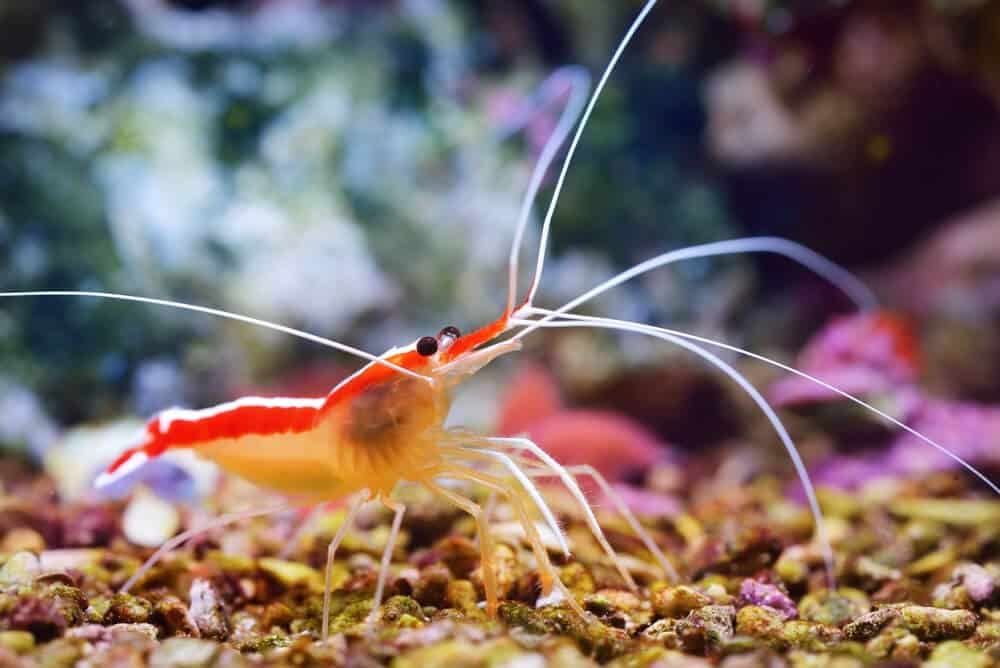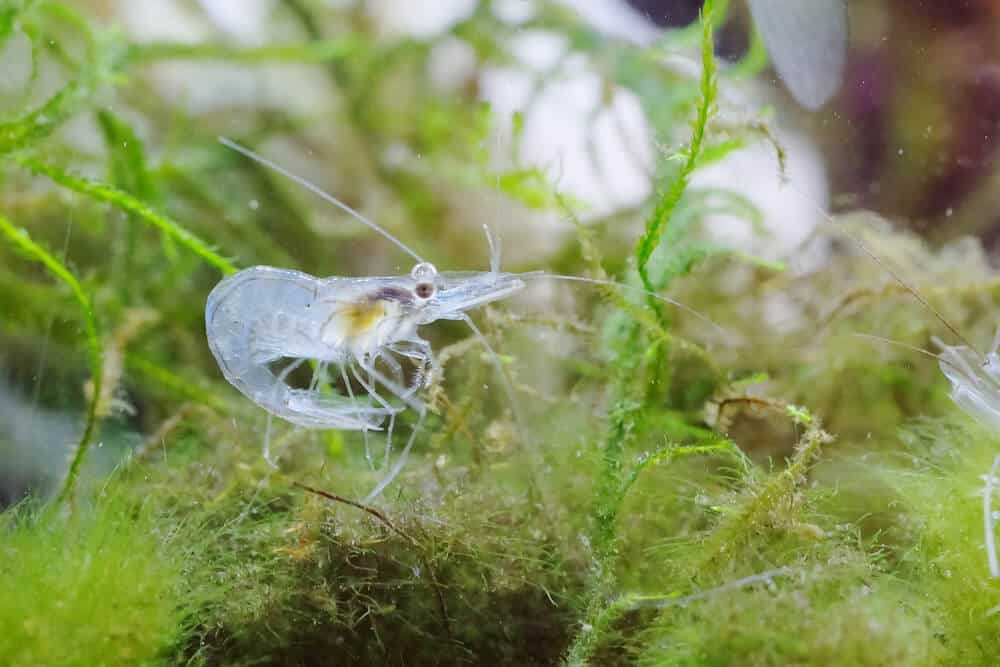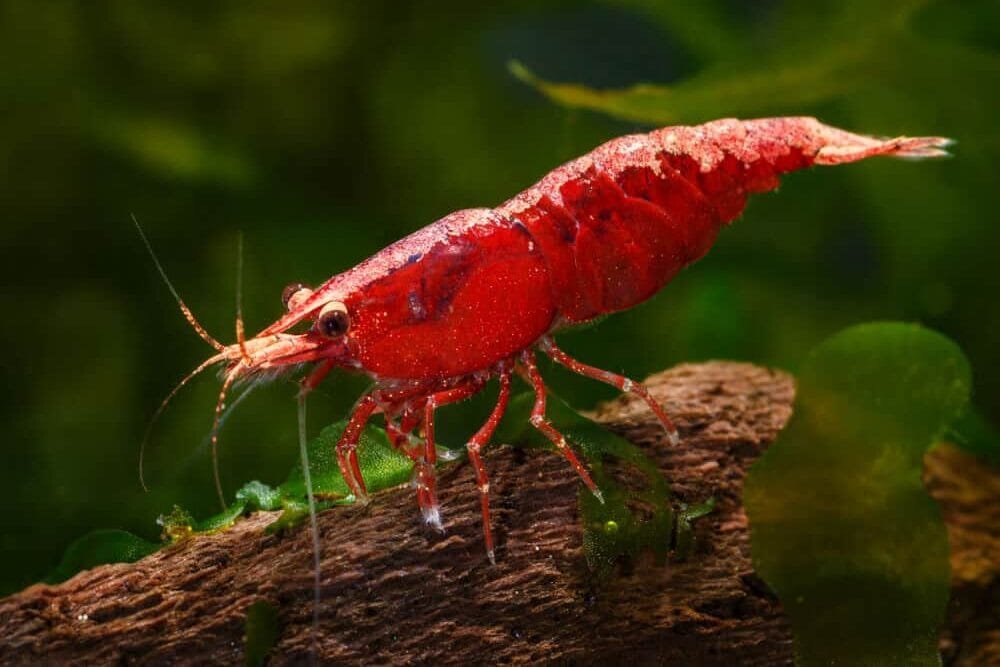Amano Shrimp Demystified: Ultimate Care Tips and Habitat
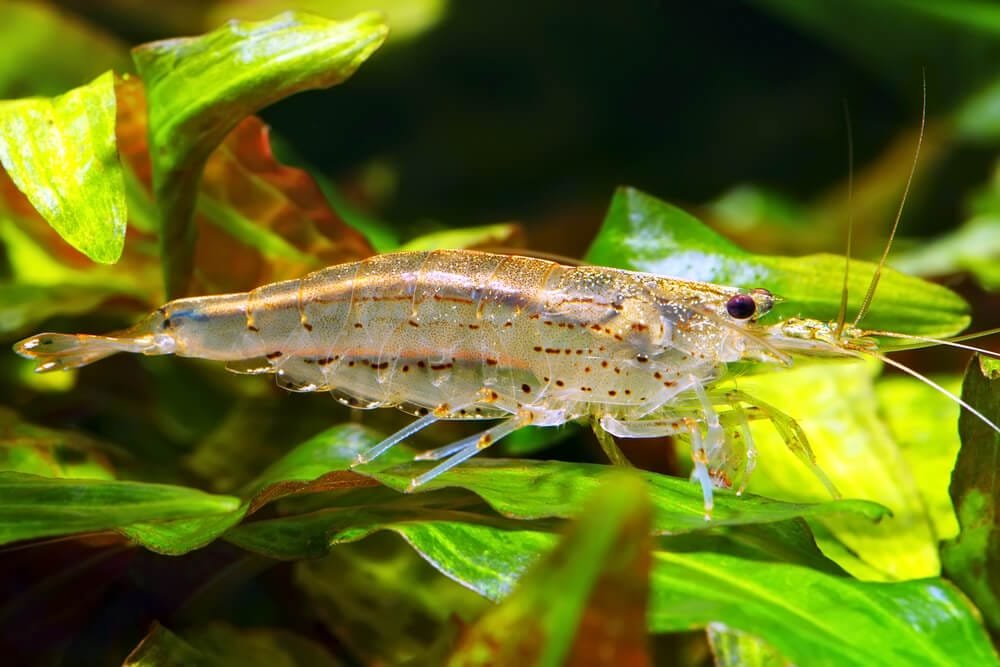
Have you ever heard of Amano Shrimp? These small aquatic creatures, scientifically known as Caridina multidentata, are fascinating and unique additions to any aquarium. With their distinct appearance featuring pale bodies covered in brown and green stripes, they add a splash of character to your tank. Not only are they aesthetically pleasing, but they also serve a practical purpose as well. Amano Shrimp are renowned for their exceptional ability to clean aquariums by consuming algae and debris, making them invaluable for maintaining a healthy and thriving aquatic ecosystem.
Habitat
Freshwater rivers and streams
Amano shrimp are native to freshwater rivers and streams in Japan. They thrive in these natural habitats, where they have access to a steady supply of food and suitable water conditions. The freshwater rivers and streams provide the Amano shrimp with the necessary nutrients they need to survive and reproduce.
Aquariums
Amano shrimp are also commonly found in aquariums around the world. Many aquarists enjoy having these shrimp in their tanks due to their unique appearance and helpful behaviors. In aquariums, they can be kept in freshwater setups that mimic their natural habitat, providing them with a safe and controlled environment to thrive in.
Appearance
Size
Amano shrimp are relatively small creatures, typically growing to be about 2 inches in length. Their compact size makes them an ideal addition to aquariums of various sizes, as they do not require a large amount of space.
Coloring
These shrimp have a transparent body with distinctive dark stripes running vertically along their backs. The stripes are usually a deep brown or black color, which contrasts beautifully with their transparent bodies. Their see-through appearance adds an enchanting touch to any aquarium, allowing them to blend in effortlessly with their surroundings.
Carapace shape
The carapace, or the hard upper shell covering the shrimp’s body, is elongated and slightly flattened. This unique shape gives the Amano shrimp a sleek and streamlined appearance. It also helps them navigate through their environment with ease, whether it’s in rivers and streams or in the confined spaces of an aquarium.
Behavior
Social nature
Amano shrimp are social creatures that prefer to live in groups. They are most comfortable when they have other members of their species nearby. In their natural habitat, you can often find them congregating together, foraging for food and taking shelter in the same areas.
Feeding habits
Amano shrimp are known for their excellent algae-eating abilities. They have a voracious appetite for various types of algae, which makes them a valuable addition to any aquarium. These shrimp will tirelessly scour the tank surfaces, including rocks, plants, and aquarium glass, to feast on algae growth. They are also skilled scavengers, eagerly consuming any leftover food from other tank inhabitants.
Reproduction
Amano shrimp reproduce in freshwater environments. However, successfully breeding them in a home aquarium can be challenging. The larvae require a specific salinity level to thrive, which is difficult to replicate in a freshwater tank. Consequently, most Amano shrimp available in the aquarium trade are Captive-Bred because they are often bred commercially in specialized facilities.
Compatibility
Community fish tanks
Amano shrimp are generally peaceful and can be kept in community fish tanks. They are compatible with a wide range of fish species, as long as the tank setup provides enough space and hiding spots for everyone. Amano shrimp are not aggressive and rarely cause any conflicts with their tank mates.
Tankmates to avoid
While Amano shrimp are generally compatible with most fish, there are a few species that may pose a risk to their well-being. Fish known for being aggressive or predatory, such as large cichlids or certain types of pufferfish, should not be housed with Amano shrimp. These fish may view the shrimp as a food source and pose a threat to their survival. It is crucial to research and choose tankmates carefully to ensure a harmonious and safe environment for all inhabitants.
Tank Requirements
Water temperature
Amano shrimp thrive in a water temperature range of 70 to 78 degrees Fahrenheit (21 to 26 degrees Celsius). It is essential to maintain a stable water temperature within this range to ensure the shrimp’s overall health and well-being. Fluctuations outside of this range can cause stress and potentially harm the shrimp.
Water parameters
Amano shrimp prefer slightly alkaline water conditions with a pH level between 7.0 and 8.0. Additionally, they require a moderate water hardness, ideally between 5 and 15 dGH (degrees of general hardness). Regular water testing and monitoring of these parameters are crucial to maintain optimal water conditions for the shrimp.
Aquarium setup
When setting up an aquarium for Amano shrimp, it is essential to provide ample hiding spots and places for them to explore. Aquascaping with live plants, rocks, and driftwood can create a natural and stimulating environment for the shrimp. The addition of mosses or other dense vegetation provides suitable surfaces for algae growth, which serves as a natural food source for the shrimp.
Feeding
Diet
Amano shrimp are primarily herbivorous and feed on various forms of algae. They have a particular fondness for green spot algae and hair algae. In addition to their primary diet, they will also consume other types of organic matter, including decaying plant material and leftover fish food.
Feeding frequency
These shrimp are efficient grazers and will continuously forage for food throughout the day. It is advisable to provide them with a constant supply of algae in the tank to ensure they have enough to eat. If there is not enough natural algae growth in the aquarium, supplementing their diet with algae wafers or blanched vegetables can help meet their nutritional needs.
Breeding
Breeding challenges
Amano shrimp breeding in a home aquarium is challenging due to the specific requirements of their larvae. The shrimp larvae require brackish water conditions to survive and develop properly. This means they need a mix of freshwater and saltwater, which can be difficult to achieve and maintain in a home aquarium setup.
Breeding tips
For those interested in attempting to breed Amano shrimp, setting up a separate breeding tank with the necessary brackish water conditions is crucial. The larvae must be moved to the brackish water tank immediately after hatching. Additionally, providing them with appropriate nutrition, such as infusoria or specialized shrimp fry food, is essential for their growth and development.
Healthcare
Common diseases
Amano shrimp are generally hardy and not prone to many diseases. However, they can still be susceptible to certain ailments, including bacterial infections and parasitic infestations. It is vital to monitor the shrimp for any signs of illness, such as abnormal behavior, color changes, or unusual growths.
Preventive measures
Maintaining optimal water conditions, including temperature, pH, and water quality, is crucial in preventing diseases in Amano shrimp. Regular water changes and proper filtration help to keep the tank clean and free from harmful pathogens. Quarantining new tank additions before introducing them to the main tank can also prevent the introduction of diseases.
Treatment
If illness does occur, prompt treatment is essential to prevent the spread of disease and ensure the affected shrimp’s recovery. Consulting a knowledgeable aquarium professional or veterinarian with experience in invertebrate care is recommended to determine the appropriate treatment options for specific diseases.
Unique Features
Algae-eating abilities
Amano shrimp are renowned for their exceptional algae-eating capabilities. They can help control and prevent excessive algae growth in aquariums, making them valuable contributors to maintaining a healthy and balanced ecosystem. Their continuous grazing keeps the tank surfaces clean and promotes a visually pleasing environment.
Molting process
Like other crustaceans, Amano shrimp undergo the process of molting, where they shed their old exoskeletons to grow larger. Molting is a vulnerable time for the shrimp, as their new exoskeleton is soft and not fully hardened. During this time, they may hide or become less active. It is important to provide them with hiding spots and appropriate nutrition during the molting process to support their growth and recovery.
Conclusion
Amano shrimp are fascinating and beneficial creatures that add beauty and functionality to freshwater aquariums. With their transparent bodies, unique coloring, and algae-eating abilities, they are a delightful addition to any tank. While breeding Amano shrimp can be challenging, their presence in an aquarium provides countless benefits, from natural algae control to their peaceful and social nature. By understanding their habitat, behavior, and care requirements, you can create an optimal environment for these incredible shrimp to thrive.
